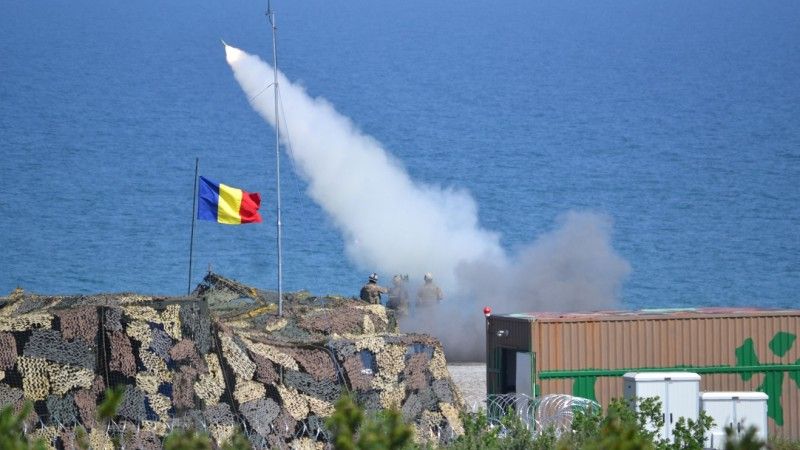It was on Monday, 17th June 2019, when a training MANPADS live fire event was organized in Ustka, within the framework of the Tobruq Legacy-19 exercise. The event constituted a rare occasion on which one could have observed the use of anti-aircraft systems considered to be inferior when compared to the Polish military’s Grom and Piorun MANPADS.
The journalists were allowed to observe the exercise of land-based air defence systems in Ustka, on Monday, 17th June 2019. The media day was organized within the framework of the Tobruq Legacy-19 air defence exercise. The event was quite interesting, as SO-3 and SO-6 firing stations were used to actually launch VSHORAD missiles (Igla, Stinger and Mistral), including the MANPADS shoulder-launched solutions. Furthermore, units from a number of different countries were involved in the activities (the USA, Slovakia, Romania and Hungary). The above means that not only could the spectators witness different systems in use, as they could also observe different methods of using the armament.
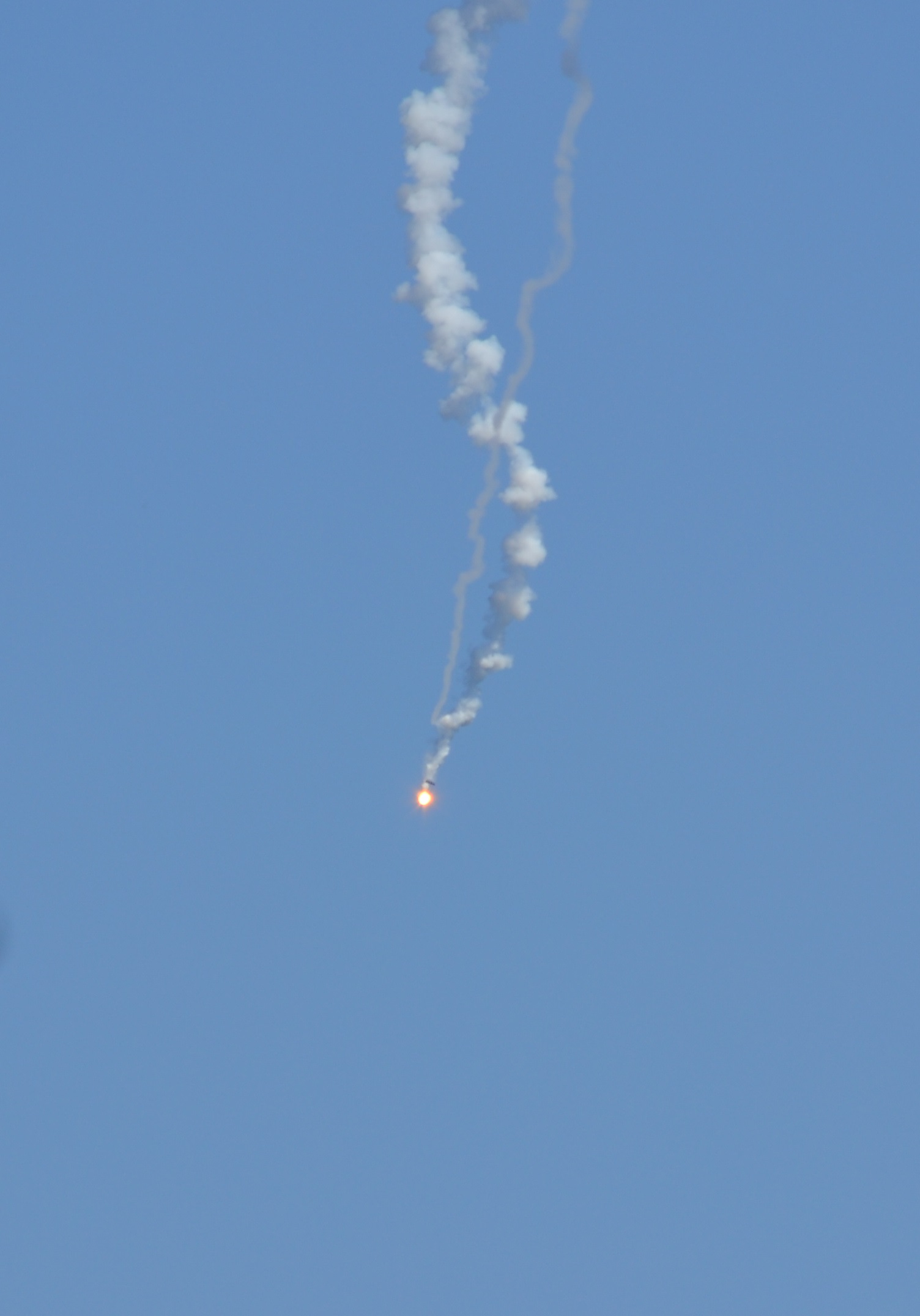
The differences stemmed from the fact that two types of targets were used. Slovak, Hungarian and Romanian soldiers were firing their missiles against a flare dropped on a parachute. Meanwhile, the Americans were destroying small radio controlled drones.
Slovak and American troops showcased the highest number of possible scenarios in which anti-aircraft missiles could be employed. The Slovak soldiers were launching the SA-18 (“Igla”) missiles from the ground, from a vehicle and standing in a hatch of an IFV. A two-man section was used to launch the missiles in all cases, consisting of a MANPADS operator and an observer standing alongside, signaling the fact that the missile was launched with a flag.
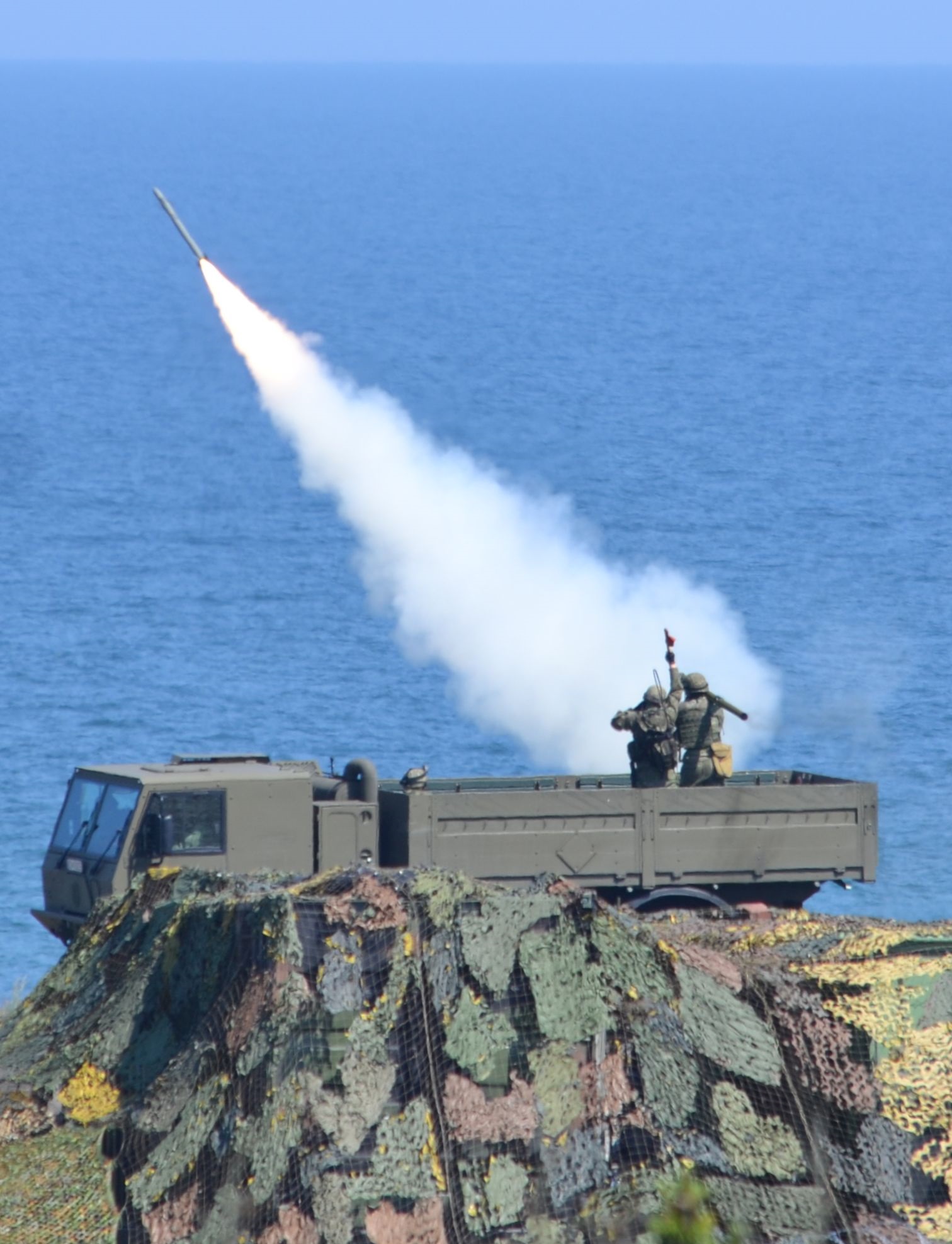
The Americans also used observers in their “Stinger” MANPADS teams, however, the observer used his voice and shoulder-tapping to communicate with the operator. The firing squad also included the third member, probably a soldier controlling and assessing the launch processes.
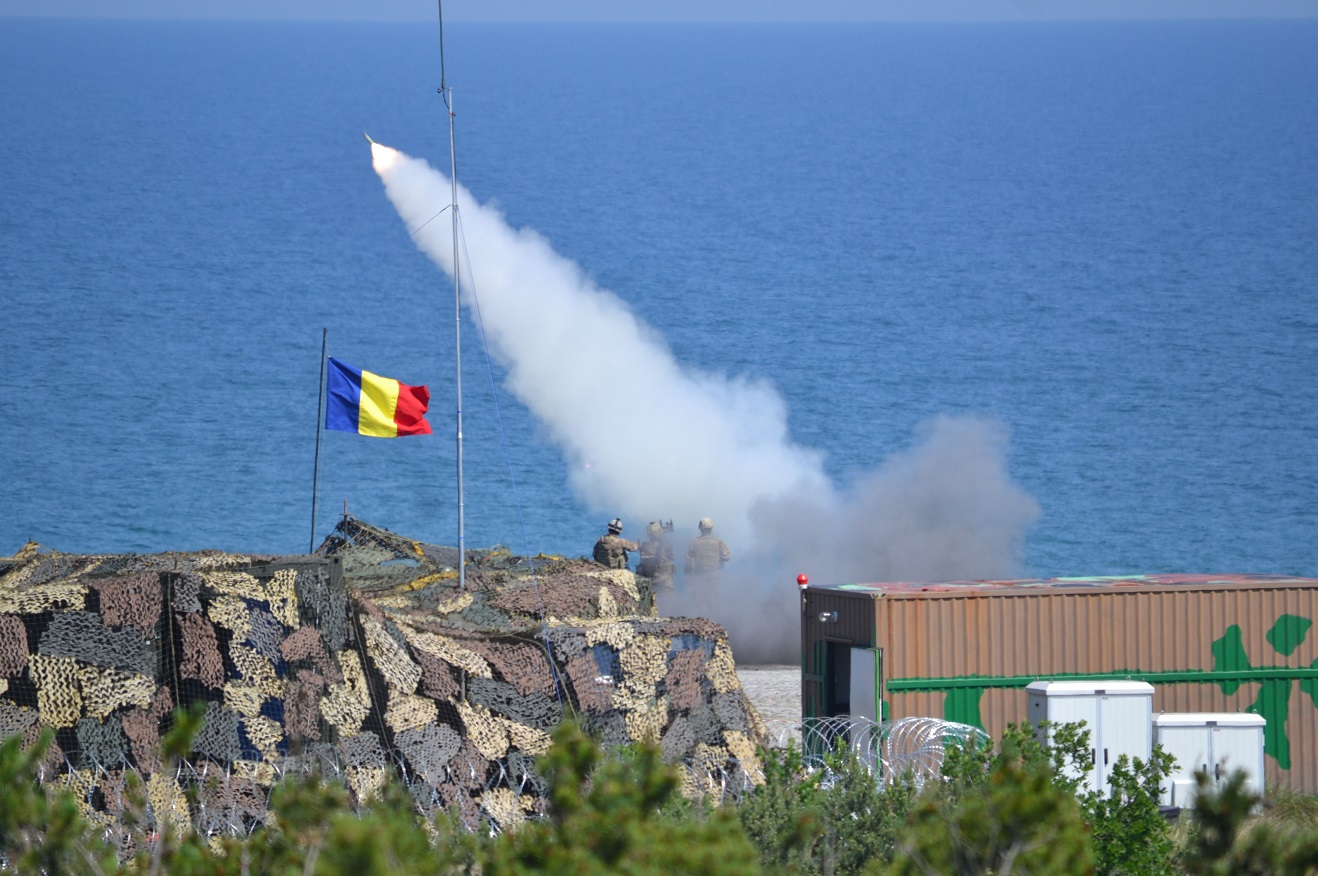
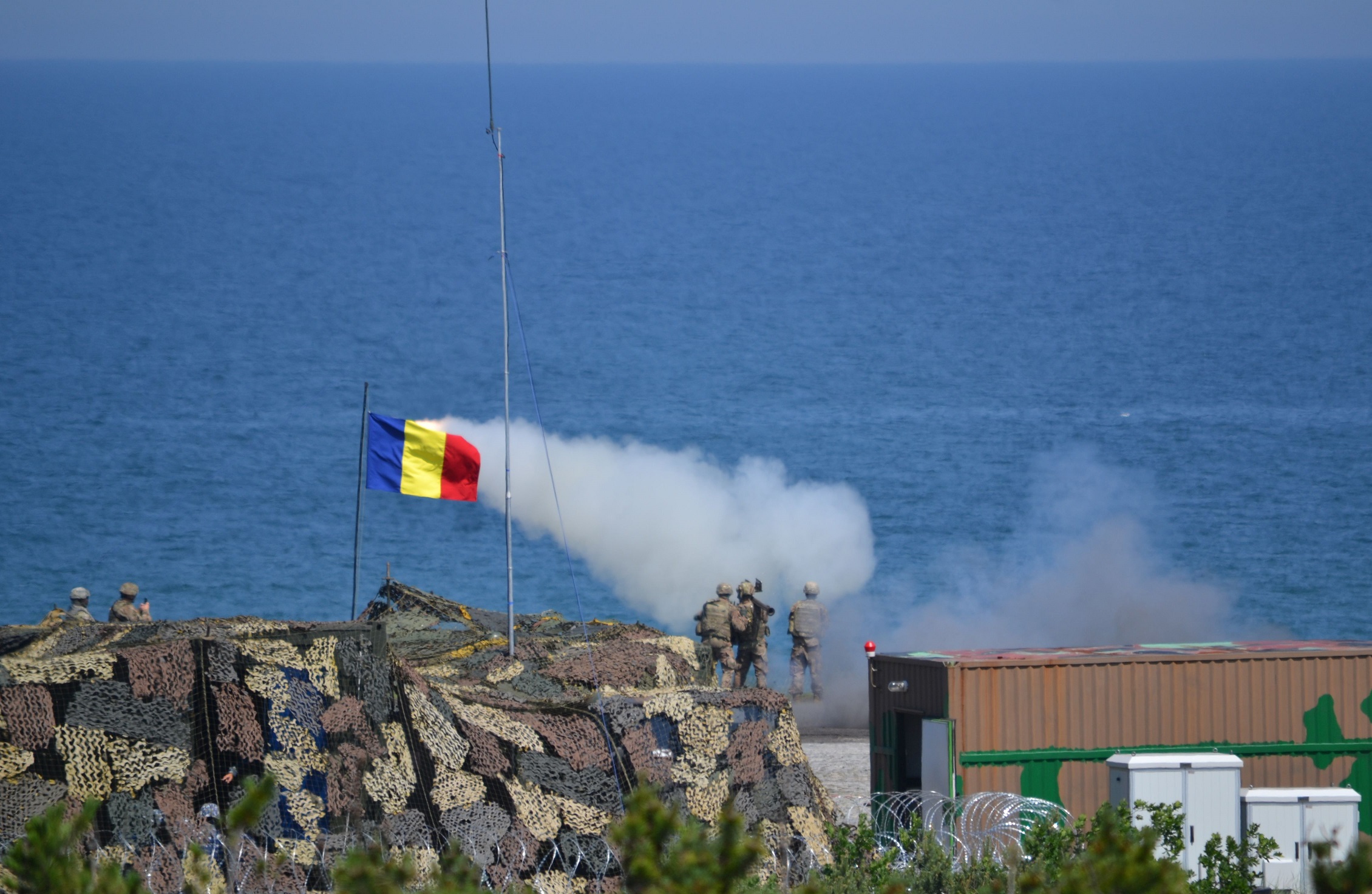
The US forces also utilized their mobile Avenger VSHORAD systems. It is a system based on a tactical HMMWV vehicle carrying two containers, each containing four FIM-92 Stinger effectors. The systems in question were launching the missiles individually (missing the target) and in a pair, acting against two targets at once (missile launched from one vehicle hit the target, the other one missed).
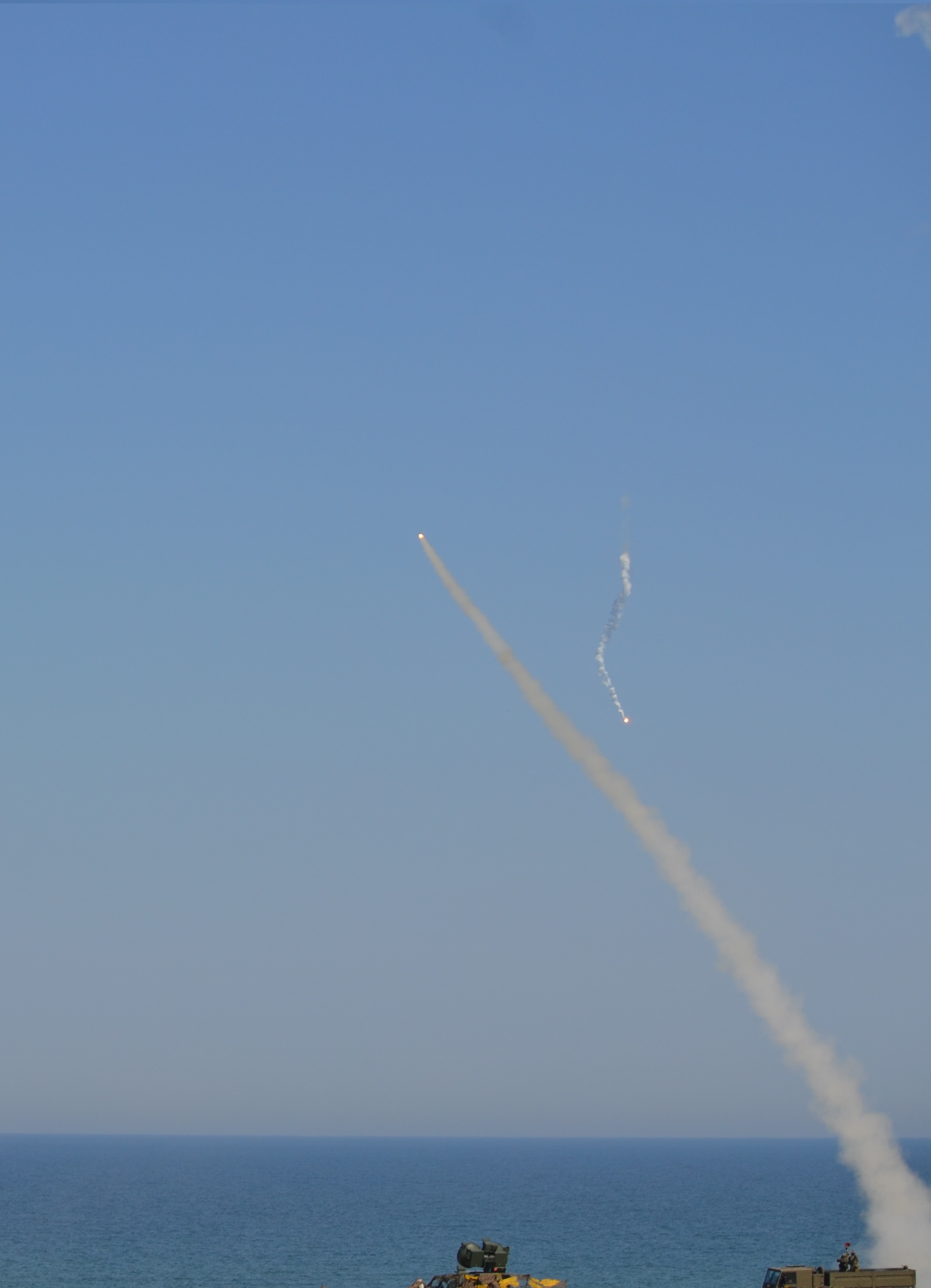
More than 160 anti-aircraft missiles were launched over the course of the exercise in Ustka. The overall effectiveness of the launches is unknown, however, on Monday it was around 70-75%. The US soldiers had some difficulties with locking the missiles onto small drones, despite the good weather conditions. It took a long time for them to achieve a stable lock on. In case of the “Igla” MANPADS, the launch process was quicker. However, a strong heat source falling slowly on a parachute was an easy target here.
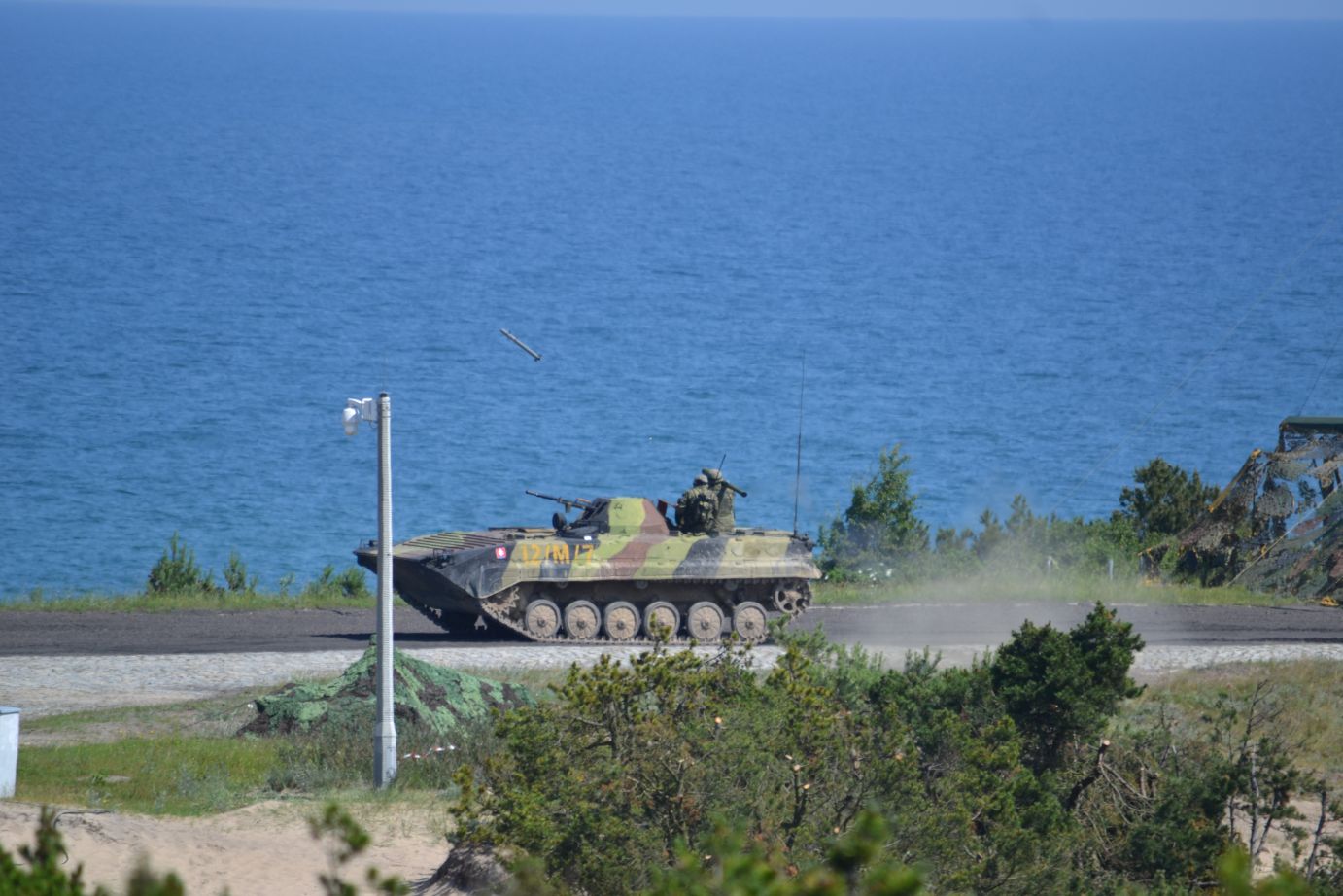
One should remember that missile launch exercise is only a small portion of the “Tobruq Legacy-19” exercise as it is also aimed at verifying the level of readiness when it comes to carrying out a single operation involving multiple nations, in line with the NATO standards. Thus, a major emphasis was placed on testing the ICT domain configuration.
The above was required as one of the important portions of the exercise took place at the command facilities: Centre of Air Operations - Air Component Command in Warsaw, 22nd C2 Centre in Bydgoszcz and Mobile Air Operations Command Unit in Poznan. Furthermore, joint operational activities were being undertaken with involvement of the NATO Air Command, EU Air Operations Centre and a single AWACS aircraft deployed to participate in the exercise.
The actual activities were taking place at the Polish military training areas in Nadarzyce, Orzysz, Ustka and Wędrzyn.
